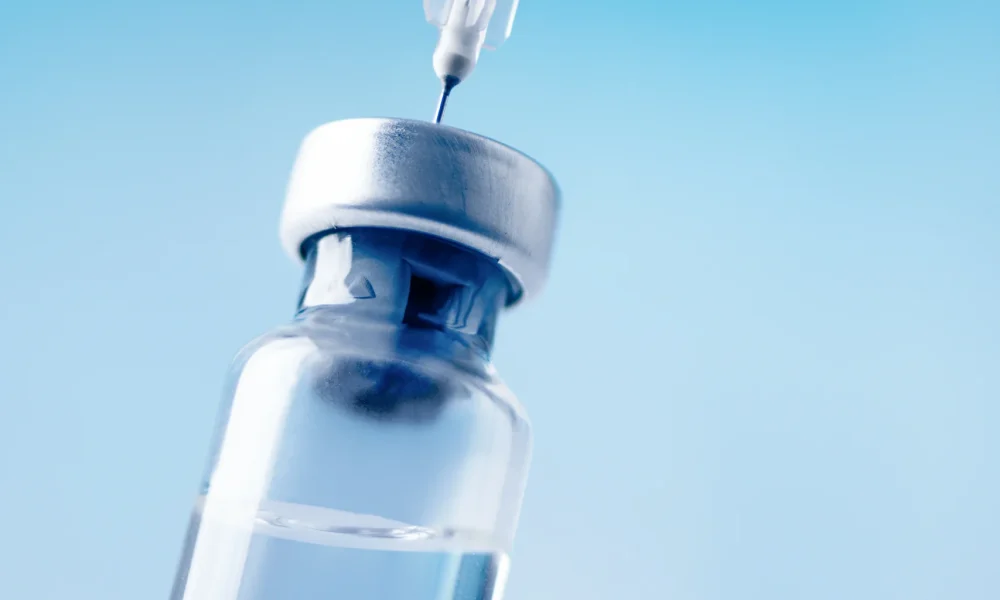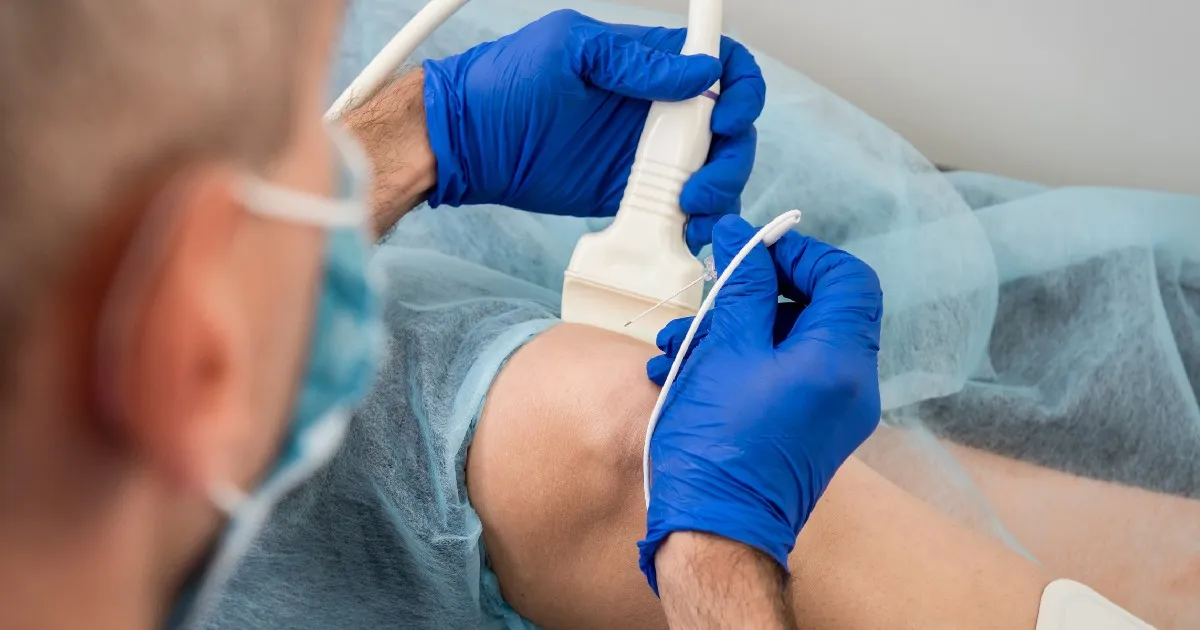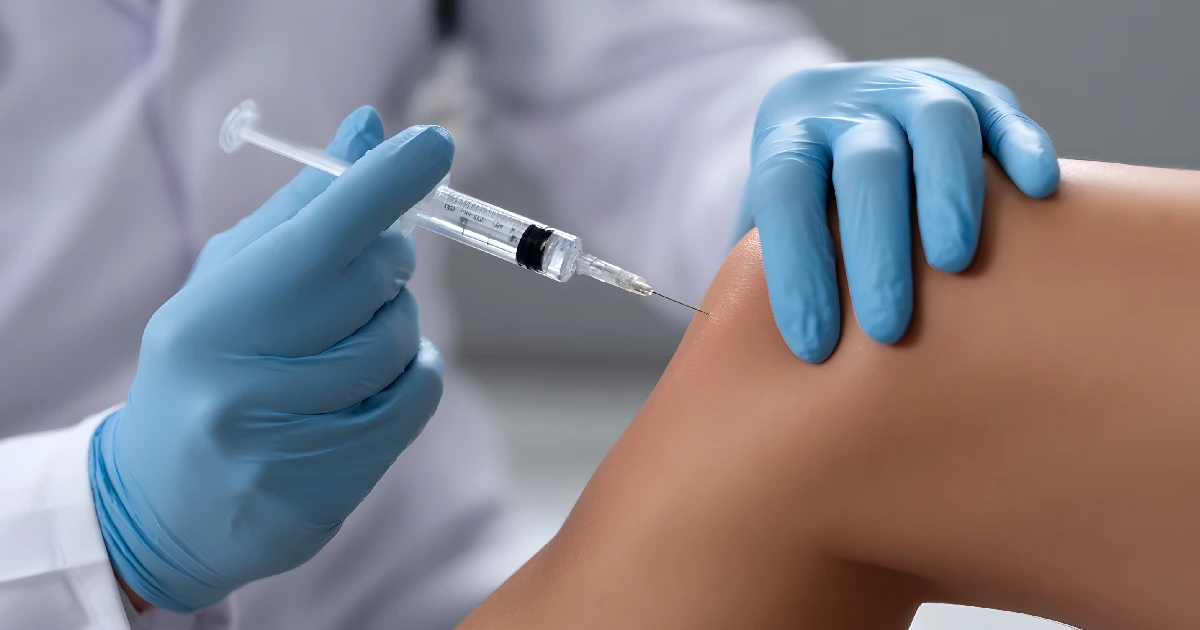Table of Contents
Introduction
Joint pain can significantly interfere with your daily routine, and when it lingers, it’s natural to want relief. Joint injections are a popular solution to help reduce discomfort, whether it’s in your knees, hips, or shoulders. We will walk you through what happens during a joint injection appointment, the science behind it, and how to make the most out of the procedure.
A Breakdown of Joint Injections
Joint injections are treatments designed to alleviate pain and inflammation in the joints by delivering medications directly to the problem area. The most commonly used substances include corticosteroids, hyaluronic acid, platelet-rich plasma (PRP), and placental tissue matrix (PTM). Each has its role depending on the specific issue in the joint.
- Corticosteroids are known for reducing inflammation, making them the go-to choice for many patients dealing with swelling in the joint.
- Hyaluronic acid acts as a lubricant, particularly useful for those dealing with osteoarthritis in the knee. This compound helps cushion the joint, reducing friction and pain when you move.
- PRP injections harness the body’s natural healing properties. Your own blood is drawn, processed, and re-injected into the joint, helping to promote healing and tissue regeneration.
- Placental tissue matrix (PTM) injections are another healing-promoting option. Derived from placental tissue, this injection works to decrease inflammation and encourage recovery.
Depending on the condition, your provider will recommend one of these treatments to provide targeted relief to your joint.
Before Your Appointment
One of the great things about joint injections is that they don’t require a lot of prep work. While you won’t have to worry about fasting or major lifestyle changes, there are a few things you should keep in mind.
- Make sure your healthcare provider knows about any allergies or medications you’re taking, particularly if you use blood thinners or anti-inflammatory drugs. These could affect your treatment.
- Wear loose, comfortable clothing to your appointment so the injection site can be easily accessed.
That’s really it—no need to stress about pre-procedure diets or rigorous preparation.
Step-by-Step: What Happens During a Joint Injection Appointment
Your joint injection appointment is a straightforward process designed to deliver targeted relief to the affected joint.
1.) Consultation and Assessment
The first thing that happens during your joint injection appointment is a conversation with your healthcare provider. They’ll review your medical history and discuss your specific joint pain. If you’ve had previous treatments or tried other pain management methods, be sure to mention them.
In many cases, the doctor will use imaging like X-rays or ultrasound to help guide the injection. This step ensures the injection is precise, which can make a distinct difference in your results. Imaging isn’t always necessary, but it’s particularly useful for deeper joints like the hip.
2.) Prep and Numbing the Area
Once the consultation is done, the next step is prepping the area. The healthcare provider will clean the injection site to reduce the risk of infection. After that, they’ll apply a topical anesthetic to numb the area so you won’t feel much discomfort during the procedure.
In some cases, a mild sedative may be offered if you’re anxious about needles. However, the numbing agent generally does the trick, and you’ll feel minimal to no pain.
3.) Imaging for Precision
As mentioned earlier, imaging tools may be used to guide the injection. Fluoroscopy or ultrasound can help the provider see the exact location of the joint, ensuring that the medication is delivered where it’s needed most. This step isn’t always required, but for joints like the hip, it’s a helpful way to ensure the injection is spot-on.
4.) The Injection
After positioning the needle using imaging if needed, the healthcare provider will slowly inject the chosen medication into the joint. The actual injection process usually only takes a couple of minutes. While you might feel some pressure, the topical anesthetic prevents it from being too uncomfortable.
Once the injection is done, you’re almost finished. The entire appointment typically takes 30 minutes to an hour, which includes prep and observation time.
After the Procedure: What Happens Next?
Once the injection is complete, you’ll stay in the office for a brief observation period, usually around 15-30 minutes. This gives your healthcare provider time to make sure you aren’t experiencing any immediate side effects, like swelling or an allergic reaction.
You can go home the same day, and most patients return to their normal activities within 24 hours. That said, it’s a good idea to take it easy for a day or two and avoid any strenuous exercise. Your healthcare provider will likely recommend some light movement to help spread the medication evenly throughout the joint.
Results and Long-Term Benefits
The effects of the injection won’t be immediate for everyone. Some patients notice relief within a few days, while others may take a week or longer. The timeline depends on the type of injection you received and the specific condition being treated.
For example, corticosteroid injections typically offer relief within a few days, while PRP or PTM injections may take longer to kick in but can offer longer-lasting benefits.
The duration of relief also varies. Corticosteroid injections might provide pain relief for several months, but for some patients, it can last longer. Injections like PRP or PTM, which stimulate the body’s natural healing process, may take time to work but can offer longer-term improvements.
If you find that the injections offer substantial relief, you may be able to repeat the treatment periodically. Many patients combine joint injections with physical therapy for improved mobility and long-term joint health.
Takeaway
Joint injections offer a reliable, minimally invasive solution for alleviating joint pain and improving mobility. Whether you’re dealing with arthritis, injury, or chronic discomfort, understanding how joint injections work and their benefits can help you control your pain management. Alta Pain Physicians offers Joint Injections in Bountiful and Sandy, Utah, and offers expert care in administering joint injections to help you regain comfort and function. If you’re ready to explore the benefits of joint injections or other services and see how they can enhance your quality of life, don’t wait.
Schedule Your Joint Injection Treatment Appointment at Alta Pain Physicians Today!




